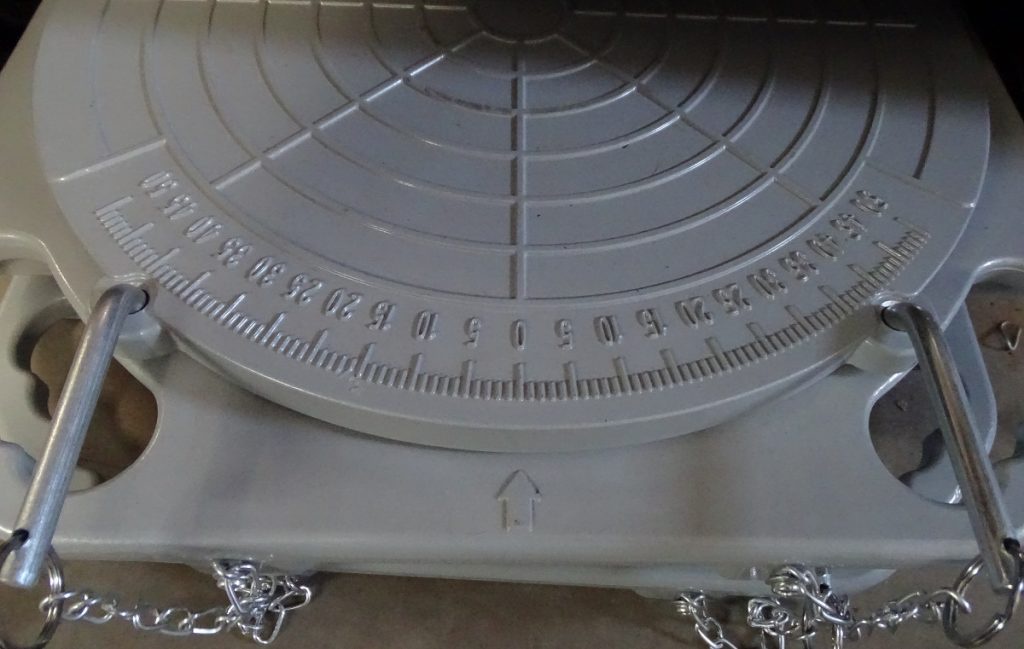Wheel alignment plates play a pivotal role in achieving this precision, offering a range of uses that extend beyond the basic alignment process.
1. Accurate Wheel Alignment:
The primary and most obvious use of wheel alignment plates is, of course, aligning the wheels of a vehicle.
Ensuring that the wheels are properly aligned is essential for even tire wear, improved fuel efficiency, and enhanced handling.
Alignment plates provide a leveled and stable surface on which the vehicle's wheels can be precisely adjusted to meet manufacturer specifications, contributing to a smoother and safer driving experience.
2. Diagnostic Tool:
Wheel alignment plates serve as invaluable diagnostic tools in identifying issues with a vehicle's suspension and steering components.
By analyzing the alignment readings, technicians can pinpoint irregularities or misalignments that may indicate problems such as worn-out bushings, damaged tie rods, or issues with the vehicle's frame.
Early detection of these issues can prevent more extensive and costly repairs down the road.
3. Calibrating Advanced Driver Assistance Systems (ADAS):
With the increasing prevalence of Advanced Driver Assistance Systems (ADAS) in modern vehicles, precise wheel alignment becomes even more critical.
Many ADAS features, such as lane departure warning and adaptive cruise control, rely on accurate wheel alignment data.
Wheel alignment plates aid technicians in calibrating these systems to ensure they function correctly, promoting both vehicle safety and driver assistance technology effectiveness.
4. Optimizing Tread Wear:
Proper wheel alignment is closely tied to tire health. Misaligned wheels can lead to uneven tire wear, reducing the lifespan of your tires and compromising safety.
Wheel alignment plates play a crucial role in optimizing tread wear by allowing technicians to align the wheels accurately, ensuring that the tires wear evenly and last longer.
5. Enhanced Fuel Efficiency:
When a vehicle's wheels are out of alignment, it can lead to increased rolling resistance, causing the engine to work harder and reducing fuel efficiency.
Utilizing wheel alignment plates to align the wheels to manufacturer specifications helps minimize rolling resistance, contributing to improved fuel economy and cost savings over the life of the vehicle.
6. Improved Handling and Stability:
Precise wheel alignment directly influences a vehicle's handling and stability. Properly aligned wheels result in a vehicle that drives straight and responds predictably to steering inputs.
This not only enhances safety but also contributes to a more enjoyable driving experience.
Conclusion:
Wheel alignment plates, often overlooked by the average vehicle owner, play a crucial role in maintaining and optimizing the performance of your vehicle.
From the obvious benefits of accurate wheel alignment to their role as diagnostic tools and contributors to overall vehicle health, these plates are indispensable in the hands of automotive technicians.
Regular wheel alignments, performed with the aid of alignment plates, not only extend the lifespan of your tires and improve fuel efficiency but also contribute to the safety and performance of your vehicle on the road.


No comments yet